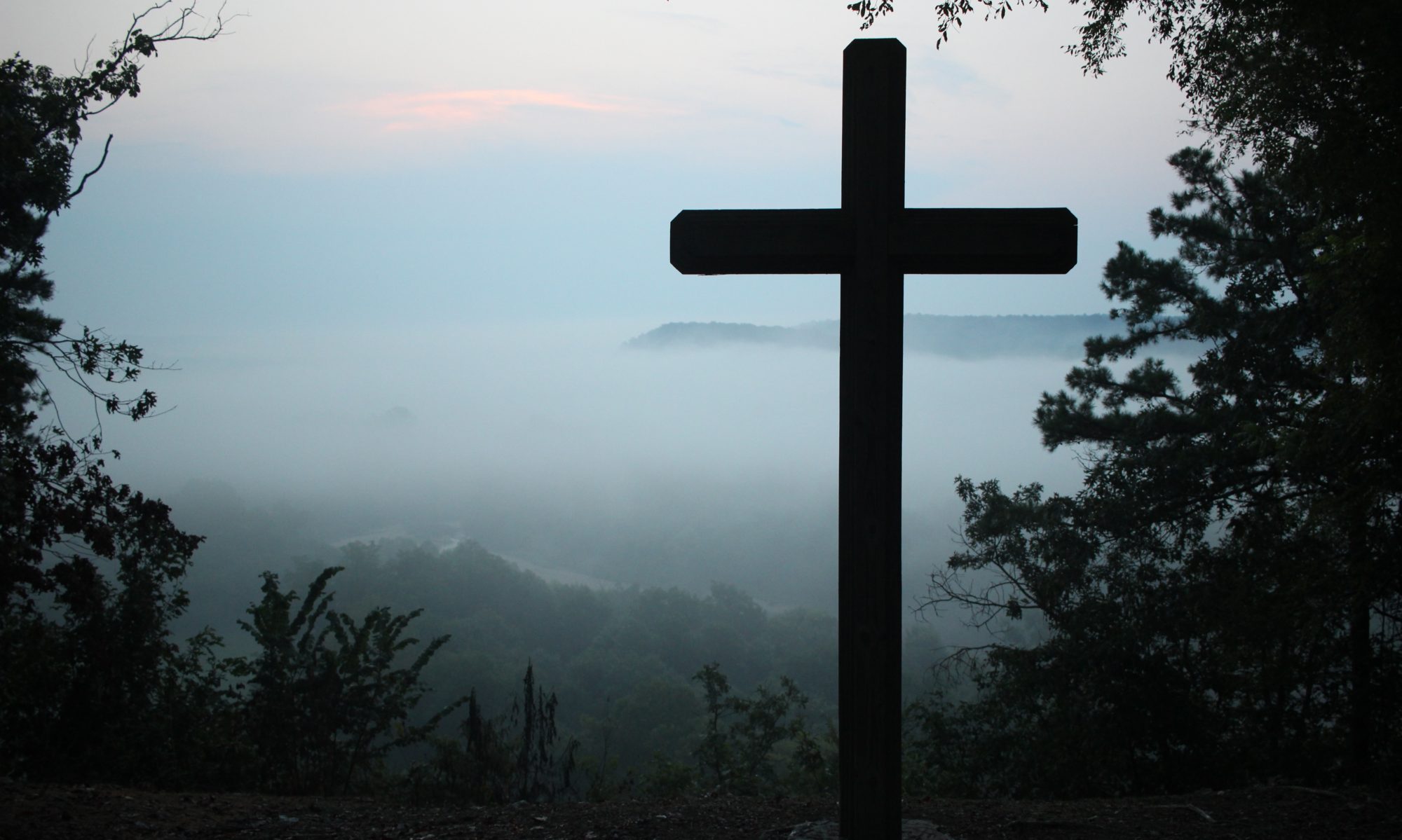That is why Scripture says:
“God opposes the proud
but shows favor to the humble.”
This scripture passage is a bit of a puzzle. James writes, “That is why…”
What is why?
What did I miss??
James was talking about fights and quarrels. About not receiving what we ask for, about having the wrong motives. He talks about being an enemy of God and adulterous. Then he writes, “That is why scripture says God opposes the proud…”
Why?
Why does God oppose the proud?
Like so many words in our language, “proud” has more than one meaning. The common usage is to feel pleased with what one has done. A blogging example might be, “I feel proud of the post I wrote yesterday.” The other definition has to do with having a high opinion of one’s self. This kind of pride leads to arrogance and an unwillingness to listen to others. It is this second kind of pride that God opposes.
The prideful person does not accept correction. They do not see a need for help. They do not think they need God. When it comes to God’s gift of grace, they reject it.
The humble person sees themselves for what they are. They know they need help. When God offers them grace, they accept it gratefully. (I wanted to say ‘gracefully.’ 🙂 )
If God opposes the proud, it is because the proud oppose God. James lists our shortcomings and points out our need for God. The humble recognize the truth in James’ words and are thankful for God’s grace.
Application: Take a personal inventory: What kind of pride do you see in your life? The pride of self-importance, or the pride of service rendered to God?
Food for Thought: How does God oppose the proud and favor the humble?
Please click ‘’Continue Reading” for comments.
Continue reading “John 4: 6b – Pride”










